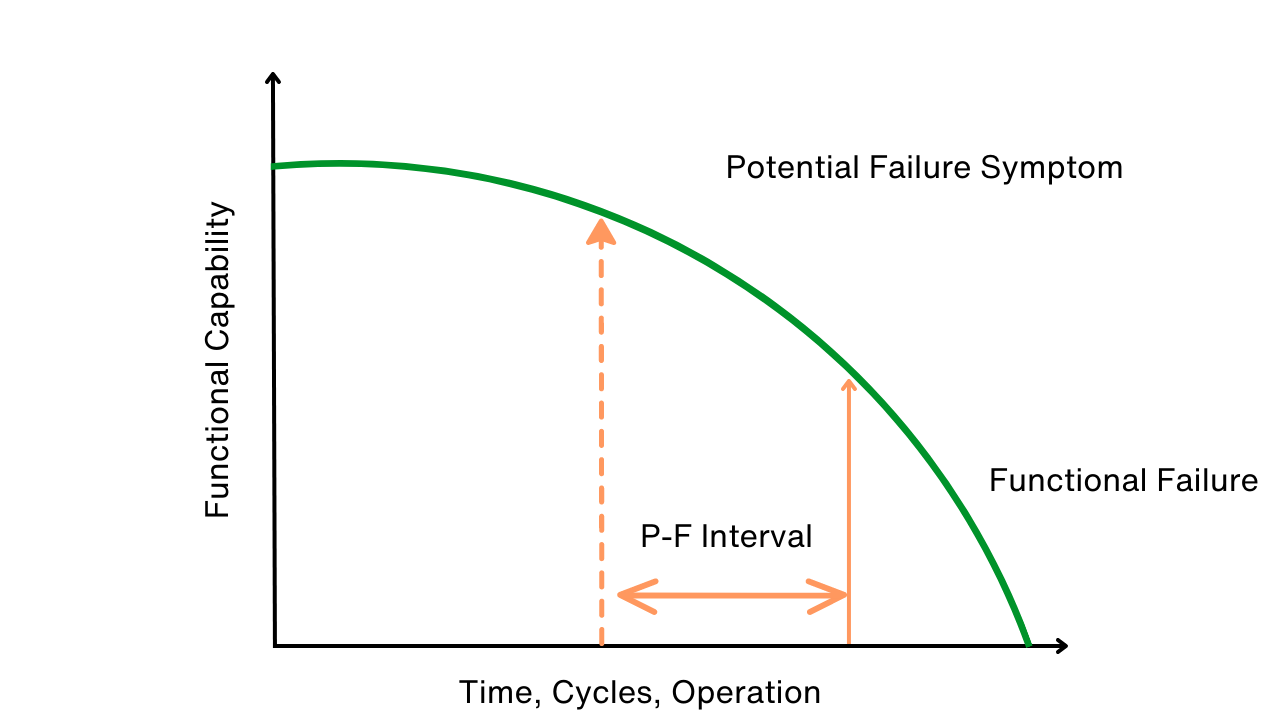Normalization of Deviance and the Perception of Defects
How can anyone walk by a defect right there, day in and day out and in their face, and do nothing?
Ever walk into a room, look around and conclude that all is well. But then, someone picks up papers, a briefcase, or some other object from the floor, right where you were about to walk. You hadn’t seen it. Your vision is fine, so how could you have missed it? It makes you wonder how many other little things you missed in other places, too.
There is a mind-set needed to see little things. Sure, there are those who rebel against those compulsive people who want everything just so. But as it turns out, when everything is just so, the scene is easier to take in and see if there are any insidious defects that could cause real problems. Factories are like that, too. If the plant is just so, it is easier to separate out the problems from the background.
There is a mind-set needed to see little things.
There is something even deeper at play. How can anyone walk by a defect right there, day in and day out and in their face, and do nothing? Humans are masterful at separating out the signal from the noise. If the background stays the same, then the signal (defect) fades and eventually disappears.
An article in a NASA publication explored the normalization of deviance. It describes it as a cognitive (i.e., wired into the brain) process that when a scene doesn’t change, we stop seeing the details. The article cited the space shuttle Challenger tragedy to this phenomenon. In the maintenance reliability world, it would be a temporary repair that after a few days, stops looking temporary. In fact, it stops being visually present entirely. If anyone asked you if there are any temporary repairs, you might answer, “I’m sure there are some,” but you might not remember the one right in front of you.
Rather, you will be reminded of something if it actively intrudes into your conscience. Think of a factory defect that makes scrap and it is your job to clean it up. Since you are actively involved, the defect fades into the background much more slowly. It still fades, but more slowly, so it can be recalled into consciousness much more quickly. Many of the exercises used to identify activities that add value are designed to highlight defects that might have been forgotten.
Defect elimination is the royal road to reliability and institutional integrity. Some defects have been around for a while and stop being seen or perceived. For a manager who does not work with the equipment and, therefore, doesn’t get confronted by the consequences of the defects, the defects he or she sees would blend into the background. For the workers, however, the defects would have more persistence since they are confronted by them and have to mitigate them.
There are probably people in your life that seem to be universally better at spotting defects than you. Whereas you might normalize crumbs on the dining room table after 10 minutes, other people might keep seeing them. Of course, it can be attributed to laziness, but you can always plead normalization of deviance and only a little laziness!
When it comes to the perception of defects, the conclusion is twofold. If you want to attack defects, don’t rely on managers because they cannot see the problem as well. Rather, recruit people into leadership roles that are detail oriented because they are just plain better at seeing defects.
Finally, these invisible defects are in the way of a smooth running institution. They are also responsible for many things, from small breakdowns to major catastrophes.
Joel Levitt
Joel Levitt, CRL, CPMM, is the Director of Reliability Projects for Reliabilityweb.com. Mr. Levitt has 30 years of experience in many facets of maintenance, including process control design, source equipment inspector, electrician, field service technician, maritime operations and property management. He is a leading trainer of maintenance professionals and has trained more than 17,000 maintenance leaders from 3,000 organizations in 25 countries in over 500 sessions.
Related Articles
The potential-to-functional failure interval (P-F interval) is one of the most important concepts when it comes to performing Reliability-Centered Maintenance (RCM). Remarkably, the P-F interval is also one of the most misunderstood RCM concepts. The failure mode analysis becomes even more complicated when you are dealing with several P-F intervals for one failure mode. This paper will help clarify the P-F interval and the decision-making process when dealing with multiple P-F intervals.
The potential-to-functional failure interval (P-F interval) is one of the most important concepts when it comes to performing Reliability-Centered Maintenance (RCM). Remarkably, the P-F interval is also one of the most misunderstood RCM concepts. The failure mode analysis becomes even more complicated when you are dealing with several P-F intervals for one failure mode. This paper will help clarify the P-F interval and the decision-making process when dealing with multiple P-F intervals.
See More
This column is likely to create a lot of reactions from the academia of reliability and maintenance management, and all comments are welcome. Reliability Centered Maintenance (RCM) has its place, but many times plants jump into training programs and attempt to implement RCM long before they are ready for it. This application makes RCM more of a trap, than a helpful tool to implement.
This column is likely to create a lot of reactions from the academia of reliability and maintenance management, and all comments are welcome. Reliability Centered Maintenance (RCM) has its place, but many times plants jump into training programs and attempt to implement RCM long before they are ready for it. This application makes RCM more of a trap, than a helpful tool to implement.
See More
Reliability Centered Maintenance is a step-by-step instructional tool for how to analyze a system's failure modes and define how to prevent or find those failures early. RCM become a very detailed study of things we already know, you will often hear the justification "it's to make sure we don't miss anything." If you are considering implementing a reliability centered maintenance program, you. should be aware of the problems you may run into.
Reliability Centered Maintenance is a step-by-step instructional tool for how to analyze a system's failure modes and define how to prevent or find those failures early. RCM become a very detailed study of things we already know, you will often hear the justification "it's to make sure we don't miss anything." If you are considering implementing a reliability centered maintenance program, you. should be aware of the problems you may run into.
See More
Maintainability can be defined as the ease in time and resources of retaining equipment in or restoring it to a specified operational condition. It directly affects the bottom line because it can impact operations, downtime, maintenance costs, and safety. Maintainability is an important aspect of any system's lifecycle, but process plant engineers typically give it little direct consideration. This is primarily the result of a short-term view of capital project costs that fails to consider lifecycle costs and downstream activities.
Maintainability can be defined as the ease in time and resources of retaining equipment in or restoring it to a specified operational condition. It directly affects the bottom line because it can impact operations, downtime, maintenance costs, and safety. Maintainability is an important aspect of any system's lifecycle, but process plant engineers typically give it little direct consideration. This is primarily the result of a short-term view of capital project costs that fails to consider lifecycle costs and downstream activities.
See More
When maintenance is allowed to interact with the plant and production Original Equipment Manufacturer (OEM), a prosperous relationship for both parties will often ensue. This OEM partnership results in first-hand information for maintenance to set up its maintenance approach, and valuable operational and design feedback for the OEM. There are seven main circumstances in which maintenance will interact or communicate with an OEM and form an OEM partnership.
When maintenance is allowed to interact with the plant and production Original Equipment Manufacturer (OEM), a prosperous relationship for both parties will often ensue. This OEM partnership results in first-hand information for maintenance to set up its maintenance approach, and valuable operational and design feedback for the OEM. There are seven main circumstances in which maintenance will interact or communicate with an OEM and form an OEM partnership.
See More












